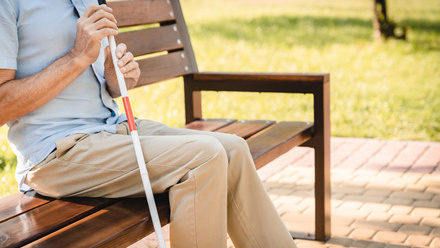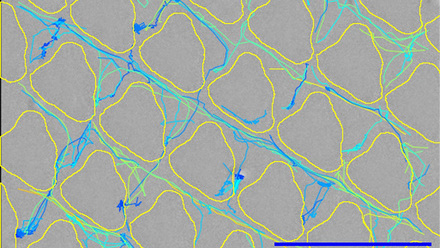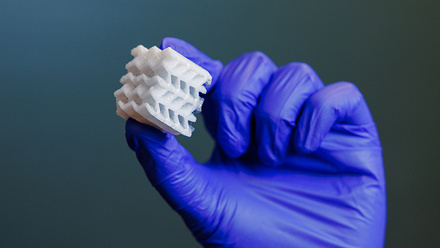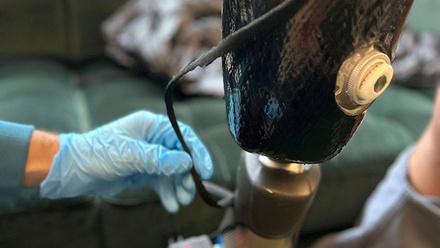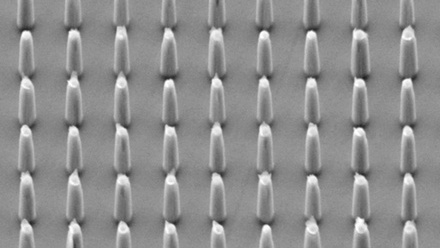Printable adhesives for tissues and bones
A printable tissue adhesive that intends to avoid early replacement of prostheses has been developed at the Fraunhofer Institute in Germany.
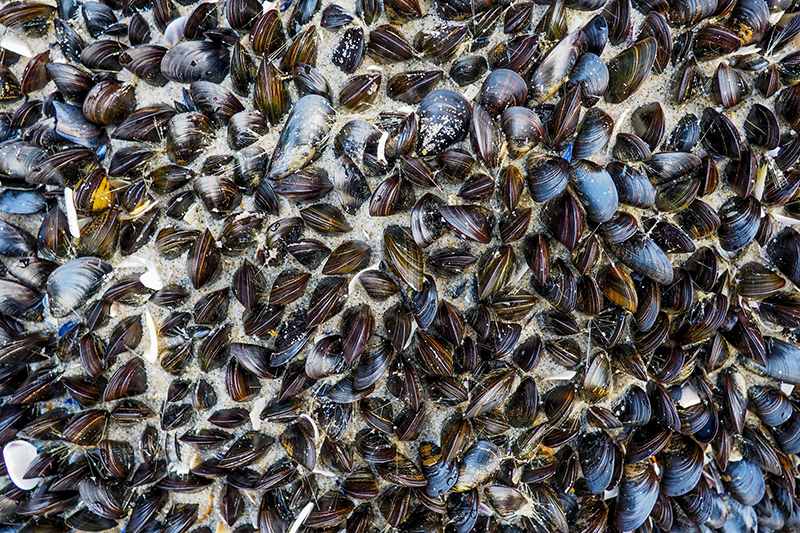
naturally adheres to the bone. The key here is that the tissue adhesive, which emulates the adhesive property of mussels, can be printed – even onto curves and uneven surfaces for example, a printer can apply the dopamine-based tissue adhesive to the 3D titanium shaft of a hip joint.
Th e dopamine-based adhesive can be mixed with a variety of additives, such as apatite particles (a substance that teeth are composed of), proteins and signal molecules. These promote the growth of bone cells and can be used to coat titanium implants. Functionality can be increased through chemical synthesis. It can be modified to react to light, so that it hardens when exposed to UV rays. This process strengthens its adhesive effect.


